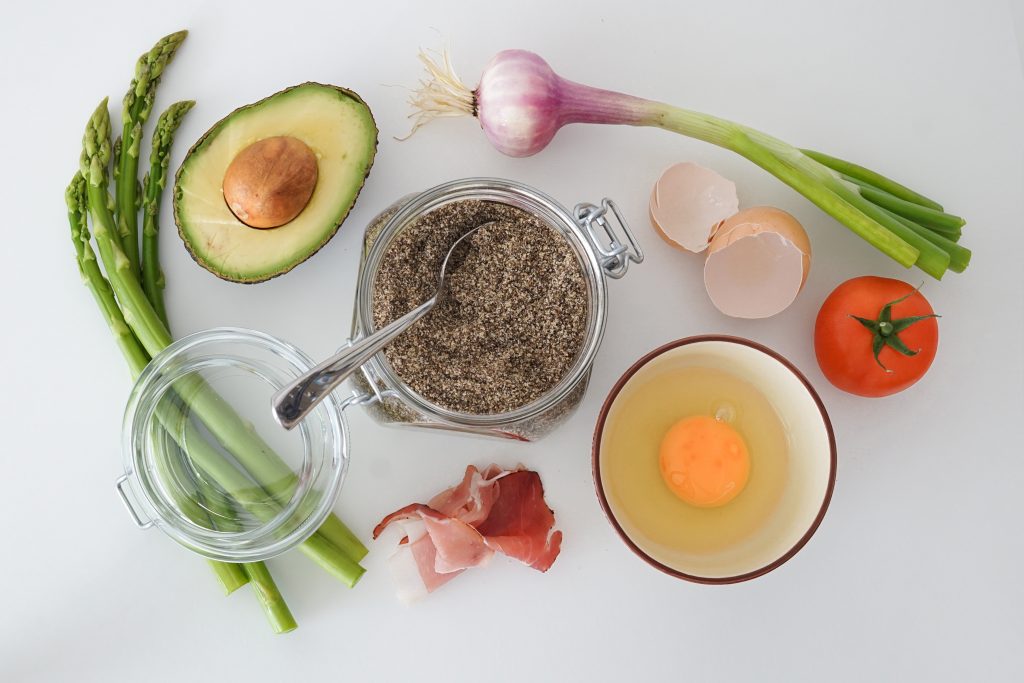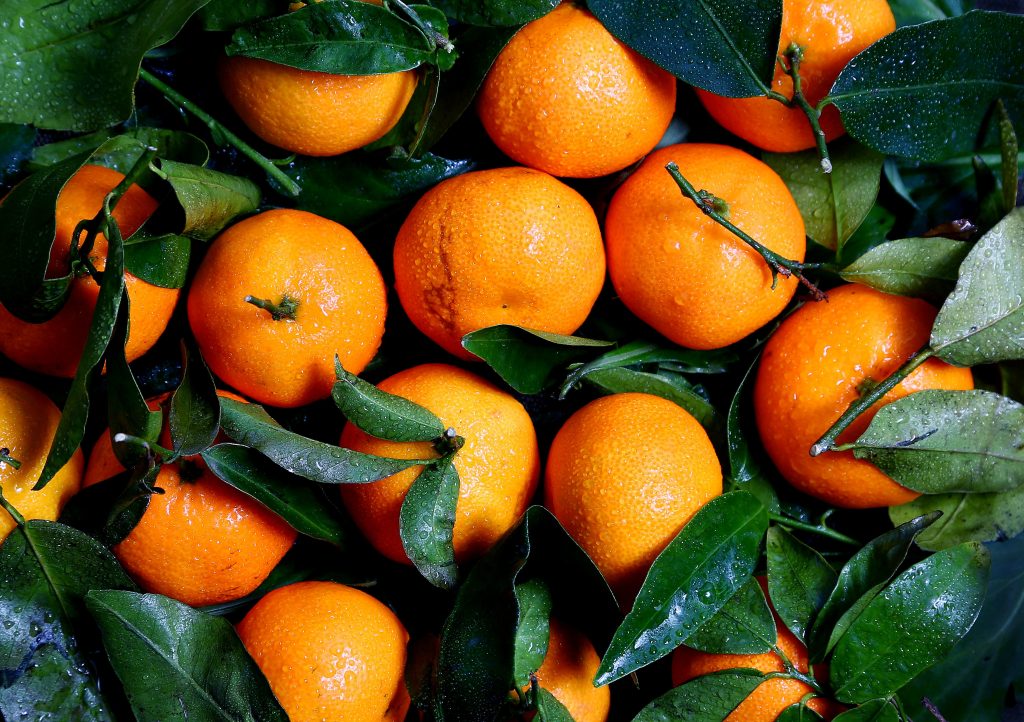It’s National Women’s Health Week!
If you have done any reading about women’s health (which you should! And our website is a great place to start 😉 ) you may have come across the term “folic acid.” So what is it? Should you be taking it? Why is it important to women’s health? Keep reading to find out!
What is folic acid?
Folic acid is a form of folate (a B vitamin) that everyone needs. If you can get pregnant or are pregnant, folic acid is especially important. Folic acid protects unborn babies against serious birth defects. You can get folic acid from vitamins and fortified foods, such as breads, pastas, and cereals. Folate is found naturally in foods such as leafy green vegetables, oranges, and beans.
Why do women need folic acid?
Everyone needs folic acid to be healthy. But it is especially important for women:
• Before and during pregnancy. Folic acid protects unborn children against serious birth defects called neural tube defects. These birth defects happen in the first few weeks of pregnancy, often before a woman knows she is pregnant. Folic acid might also help prevent other types of birth defects and early pregnancy loss (miscarriage). Since half of all pregnancies in the United States are unplanned, experts recommend all women get enough folic acid even if you are not trying to get pregnant.
• To keep the blood healthy by helping red blood cells form and grow. Not getting enough folic acid can lead to a type of anemia called folate-deficiency anemia. Folate-deficiency anemia is more common in women of childbearing age than in men.
How do I get folic acid?
You can get folic acid in two ways.
1. Through the foods you eat. Folate is found naturally in some foods. Folic acid is found in fortified foods (called “enriched foods”) such as breads, pastas, and cereals. Look for the term “enriched” on the ingredients list to find out whether the food has added folic acid.
2. As a vitamin. Most multivitamins sold in the United States contain 400 micrograms, or 100 percent of the daily value, of folic acid. Check the label to make sure.
How much folic acid do women need?
Talk with your doctor about how much folic acid you need if:
• You are pregnant or could become pregnant. Taking 400 micrograms of folic acid daily helps protect against neural tube defects, such as spina bifida, that happen in the first few weeks of pregnancy. This is before you even know you are pregnant. While pregnant, you may need even more folic acid.
• You had a baby with a birth defect of the brain or spine (such as spina bifida) and want to get pregnant again. Your doctor may prescribe 4,000 micrograms of folic acid. This high dose of folic acid can lower your risk of having another baby with these birth defects.
• You have spina bifida or have a family member with spina bifida and want to get pregnant. Your doctor may prescribe 4,000 micrograms of folic acid.
• You take medicines to treat epilepsy, type 2 diabetes, rheumatoid arthritis, or lupus. • You are on dialysis for kidney disease.
What foods contain folic acid?
Folic acid is found naturally in some foods:
- Spinach and other dark green, leafy vegetables
- Oranges and orange juice
- Nuts
- Beans
- Poultry (chicken, turkey) and meat
- Whole grains
Folic acid is added to foods such as:
- Breakfast cereals (Some have 100 percent of the daily value of folic acid in each serving.)
- Breads and pasta
- Flours
- Cornmeal
- White rice
Check the Nutrition Facts label on the package to see if the food has folic acid. The label will tell you how much folic acid is in each serving. Sometimes, the label will say “folate” instead of folic acid.

